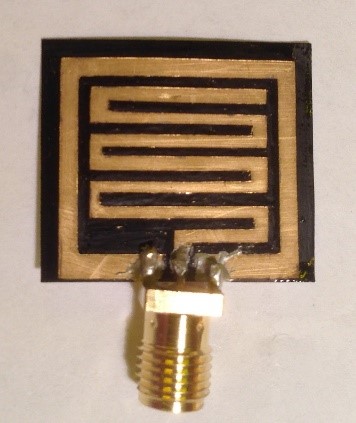
Antenna is the heart of wireless technology. So to accomplish successful wireless communication, optimum antenna design is essential. Wide range of researches on antennas have been conducting in this group. We design, simulate, fabricate and measure antennas for wireless communication, biomedical applications, etc. We also work on smart antennas and antenna beam forming.
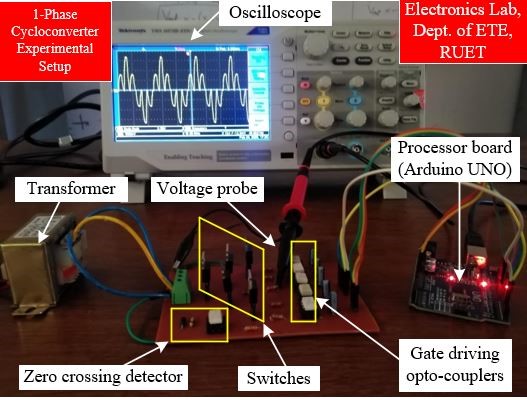
The technology of power electronics and motor drives has gone through dynamic evolution in the recent years due to many innovations in power semiconductor devices, converter topologies, analytical and simulation techniques, machines, drives, and control techniques. Artificial intelligence (AI) techniques, such as fuzzy logic, neural networks and genetic algorithms are now extending its frontier and bringing new challenge to power electronic engineers. As the technology is advancing, the applications of power electronics are proliferating in industrial, commercial, residential, aerospace, military, transportation and utility systems. Power electronics is destined to play key role in global industrialization and energy conservation trends of the 21st century.
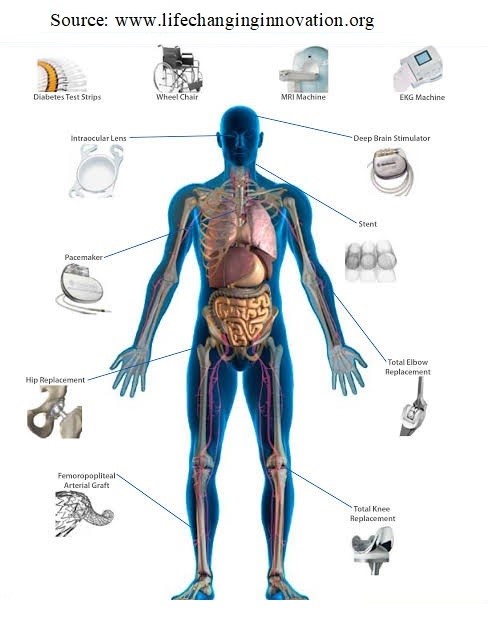
Biomedical engineering is a branch of engineering which bridge between engineering knowledge and medical application. We conduct research on different areas of biomedical engineering including Drug deliver, Lab-on-a chip, Brain stimulation, medical imaging, etc. We do simulation as well as practical implementation of the simulated devices.
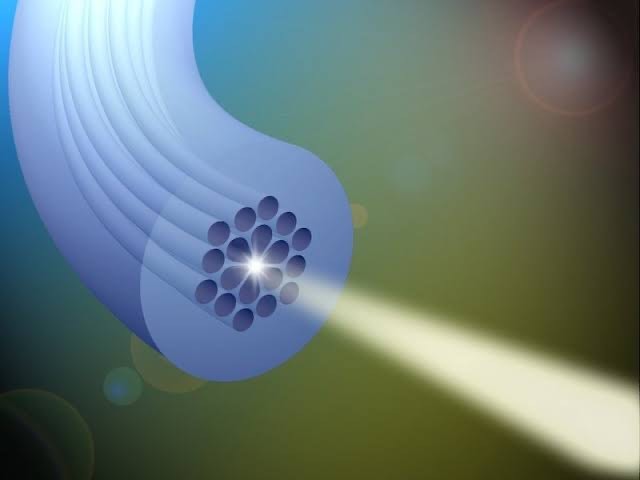
Photonic crystal fiber (PCF) is an independent technology that was pioneered by Phillip Russell. PCF is a special class of optical fibers characterized by a periodical arrangement of microcapillaries that from the fiber’s cladding around a solid or hollow defect core. The goal of PCF based research is to make it compatiable in various application that includes telecommunication, sensing, and THz technology.
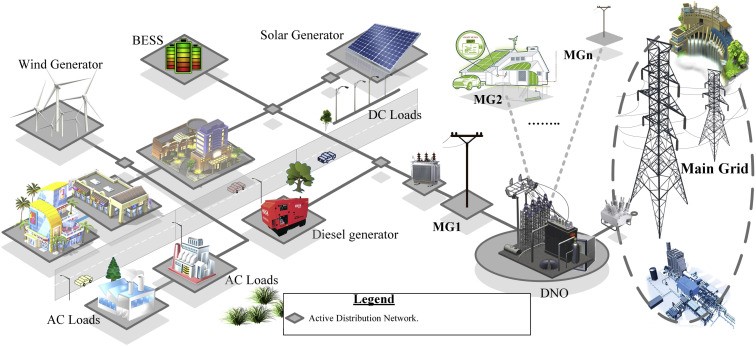
Recently, the integration of power electronic converter based renewable energy sources (RESs) with the existing grid is increasingly being pursued all over the world due to their several benefits and the environmental sustainability is one of these. Due to that integration of RESs, the power system stability is significantly affected at both the transmission and distribution networks. Therefore, to solve the stability related problems, it is necessary to design controllers which can be designed in two ways: linear and nonlinear controllers. Therefore, the main purpose of my research is to design nonlinear robust adaptive controllers for power systems with synchronous generators, solar PV systems, wind generators, and the combination of all these generators along with energy storage systems (ESSs) in a microgrid.
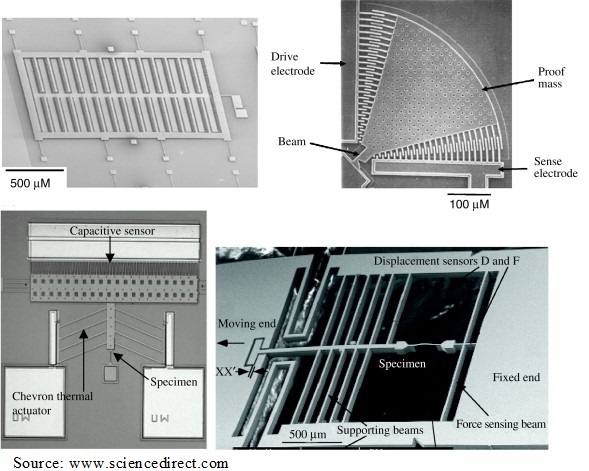
A MEMS (micro-electromechanical system) is a miniature machine that has both mechanical and electronic components. The physical dimension of a MEMS can range from several millimeters to less than one micrometer, a dimension many times smaller than the width of a human hair. Whereas nanotechnology is the branch of technology that deals with dimensions and tolerances of less than 100 nanometres, especially the manipulation of individual atoms and molecules. A range of researches have been conducting in this group. We design, simulate, fabricate MEMS and nanotechnology based medical devices. Our ultimate goal is to develop a lab-on-a-chip.
Next generation wireless communication networks, i.e., 5G/6G are being explored now-a-days to meet the unprecedent traffic demands from new applications, use cases, and services. The research and development towards 6G are driven by several incredible demands such as super ultra-reliable and low-latency, ultra-massive connectivity with machines, extreme broadband data rate, extremely low power consumption, ultra-fast computing and automatic network provisioning to get the full potential of smart cities, mobile robots, Industry 5.0, extended reality (XR), holographic communications, Industrial IoT, and haptic interfaces. In this research lab, we investigate proof-of-concepts and simulation on several networking concepts in the area of radio access networks, core networks, and transport networks. In addition, we also work on artificial intelligence/machine learning (AI/ML) based algorithms for evaluating network performances. The lab also explores the energy efficiency (green communication) and security/privacy related research related to wireless communication areas.